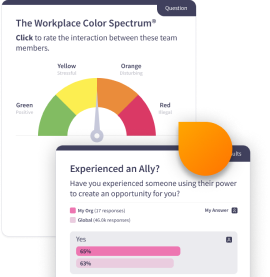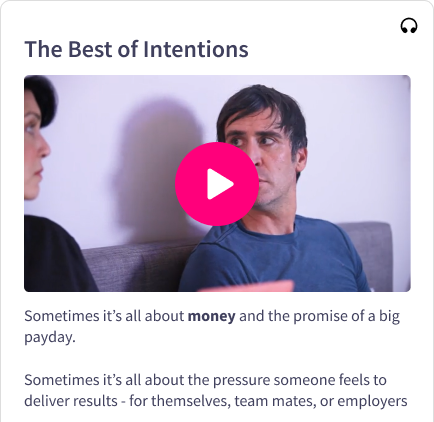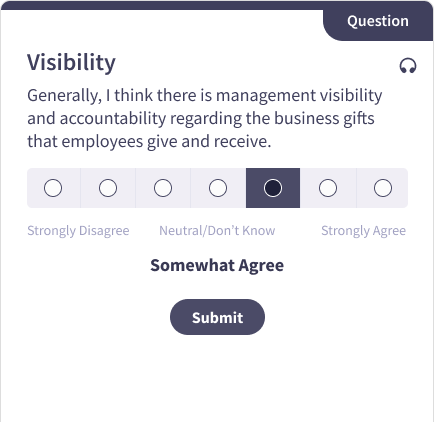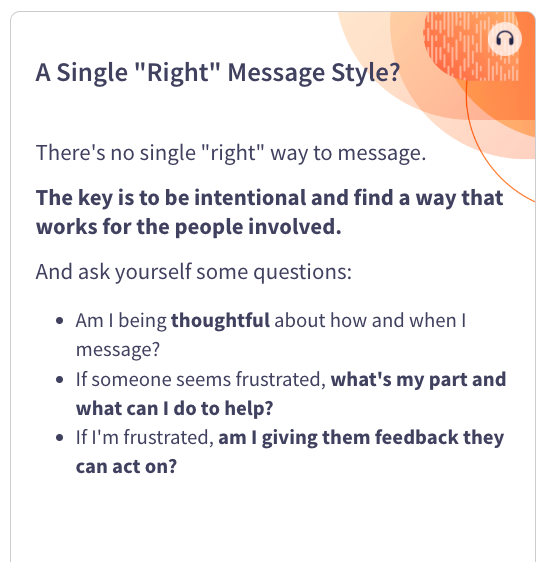
How Stereotypes Impact Advancement
"When a woman is assertive, she's bossy. When a man is assertive, he's a boss." This social dynamic needs to change, in a measurable way, before we can improve DEIB outcomes. Certain marginalized groups, like women and people of color, must manage their behavior and act in a very specific way to be accepted. Meanwhile, more empowered groups face far less pressure to act in a certain way. This is called Tightrope Bias, which negatively impacts workforce DEIB. Tightrope bias is also a key factor in why women and people of color churn out of organizations.
Microlesson DescriptionIn this skill-building microlesson, we teach employees and managers how to identify “tightrope” bias and how to interrupt that bias in the flow of work. We also provide downloadable exercises to help leaders and teams discuss tightrope bias and practice how best to interrupt that bias in real-time.
This microlesson is part of the Bias Interrupters program series based on Joan Williams and WorkLife Law's research on effective interventions to mitigate workplace bias. This microlesson series is also available in a full course with downloadable exercises to enable individual or group practice.
Definition of Tightrope Bias: A narrow range of acceptable workplace behavior for women, people of color, and other marginalized groups.
- Don’t fault some people for personality problems you tolerate in others.
- Be aware that marginalized groups often pay a high mental and emotional cost to “fit in” with a more dominant, mainstream group.
- Become aware of underlying assumptions about how people “should” act.
- Don't assume people are naturally good at things. If someone is lacking skill or understanding, consider what support and opportunities they have (or haven't) been given.
Microlesson Features
- Employee sentiment pulsing questions that provide leaders with insights into their workforce's core cultural competencies
- Emtrain's Expert Answers tool, enabling employeees to submit anonymous questions about sensitive issues.
- Rich, contemporary video scences illustrating key concepts through realistic scenarios
- A data driven, skill-based approach to eLearning that establishes a shared language for employees.

Related Resources
Related Trainings
Frequently Asked Questions
Below are answers to common questions that employees and managers have about this topic. These FAQs provide a preview of what you’ll learn in this microlesson and why it matters.




